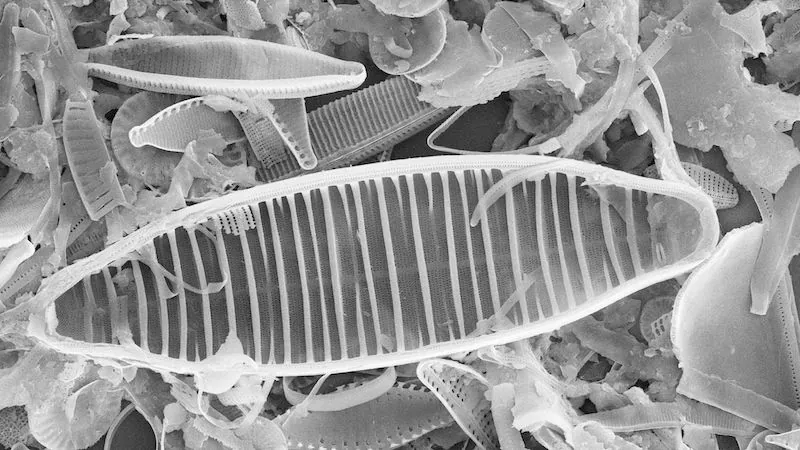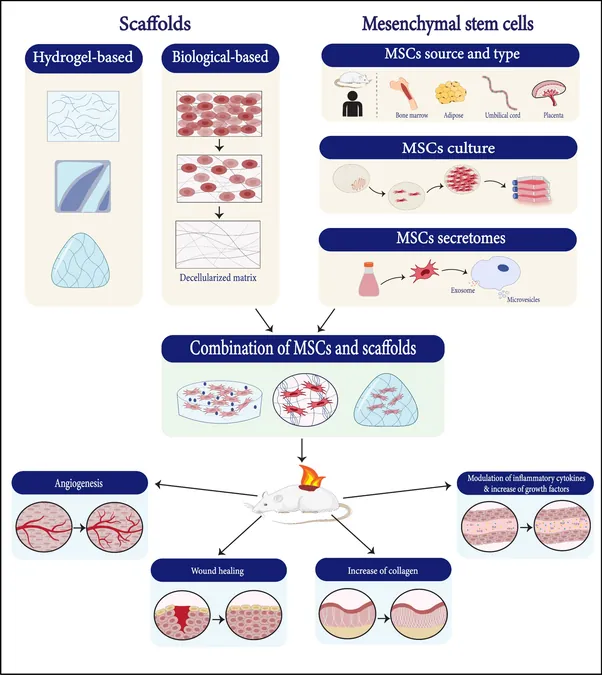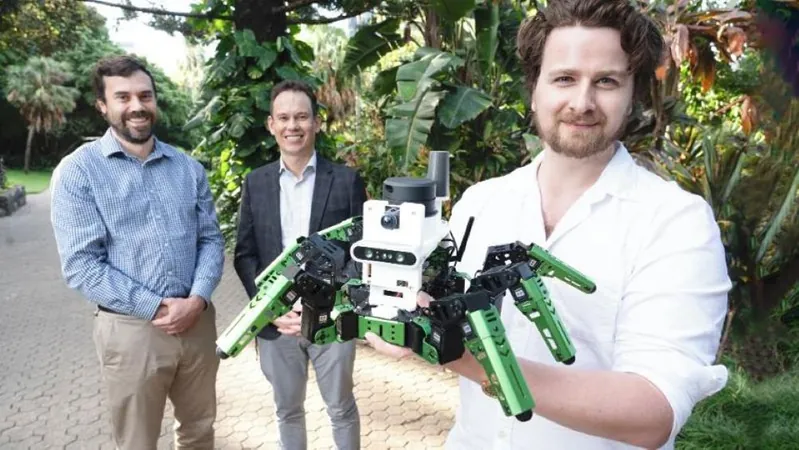
Revolutionizing Water Purification: Algae to the Rescue Against Chemical Pollution!
2025-01-26
Author: Noah
Introduction
Europe faces a staggering environmental crisis as over half of its water bodies are contaminated with hazardous chemicals. This alarming situation arises from the staggering daily use of approximately 70,000 different chemicals across various industries and agricultural practices in the region. However, researchers at the University of Duisburg-Essen are stepping up with an innovative solution: algae!
Groundbreaking Study
In a groundbreaking study led by Junior Professor Dr. Anzhela Galstyan, scientists unveil a novel method to purify polluted water by harnessing the fossilized remains of diatoms—tiny algae known for their unique cell walls made of silica (silicon dioxide). These microscopic organisms are emerging as unsung heroes in the battle against water pollution. "Diatoms have a porous structure that allows them to absorb an impressive array of pollutants," explains Galstyan.
Chemical Pollution in Europe
The study identifies over 500 chemicals lurking in Europe's waterways, primarily emanating from industrial and agricultural activities that threaten aquatic life. To test the efficacy of diatomaceous earth, the researchers targeted two notorious textile dyes prevalent in rivers and groundwater: methylene blue and methyl orange.
Innovative Methods
By chemically modifying the diatom shells to enhance their pollutant absorption capabilities, they significantly increased their effectiveness in filtering these harmful substances.
Industrial Application
What makes this discovery even more exciting is the potential for industrial application. "This method could be easily implemented on a large scale," Dr. Galstyan asserts, emphasizing its practicality for real-world water treatment facilities.
Lab Experiments
In lab experiments, the diatomaceous earth consistently showed exceptional performance under varying conditions, including different salt concentrations and pH levels. Impressively, it removed nearly 100% of methylene blue in just one hour—outperforming traditional silica filters that only managed to remove 88% in the same timeframe. For methyl orange, both materials exhibited similar absorption rates, capturing about 70% of the dye, but the speed and efficiency of diatomaceous earth were particularly noteworthy.
Eco-friendly Solution
The implications of this research are profound. "We view diatomaceous earth as an eco-friendly and cost-effective alternative for water purification," Galstyan concludes. An added bonus: diatoms are renewable resources that can be grown with minimal energy inputs—transforming them into a sustainable solution compared to conventional activated carbon filters.
Future Research
Currently, the research team is experimenting with integrating diatomaceous earth into advanced membrane technologies for even more efficient water treatment processes. Furthermore, with access to the world’s largest algae collection at their university, the scientists are optimally positioned to develop this eco-conscious technology, potentially paving the way for cleaner water and healthier ecosystems across Europe.
Conclusion
As awareness of water pollution grows, innovations like this could become crucial in ensuring the safety of our precious water resources. Stay tuned as we follow the path of this groundbreaking research that might just change the future of water purification forever!









 Brasil (PT)
Brasil (PT)
 Canada (EN)
Canada (EN)
 Chile (ES)
Chile (ES)
 Česko (CS)
Česko (CS)
 대한민국 (KO)
대한민국 (KO)
 España (ES)
España (ES)
 France (FR)
France (FR)
 Hong Kong (EN)
Hong Kong (EN)
 Italia (IT)
Italia (IT)
 日本 (JA)
日本 (JA)
 Magyarország (HU)
Magyarország (HU)
 Norge (NO)
Norge (NO)
 Polska (PL)
Polska (PL)
 Schweiz (DE)
Schweiz (DE)
 Singapore (EN)
Singapore (EN)
 Sverige (SV)
Sverige (SV)
 Suomi (FI)
Suomi (FI)
 Türkiye (TR)
Türkiye (TR)
 الإمارات العربية المتحدة (AR)
الإمارات العربية المتحدة (AR)